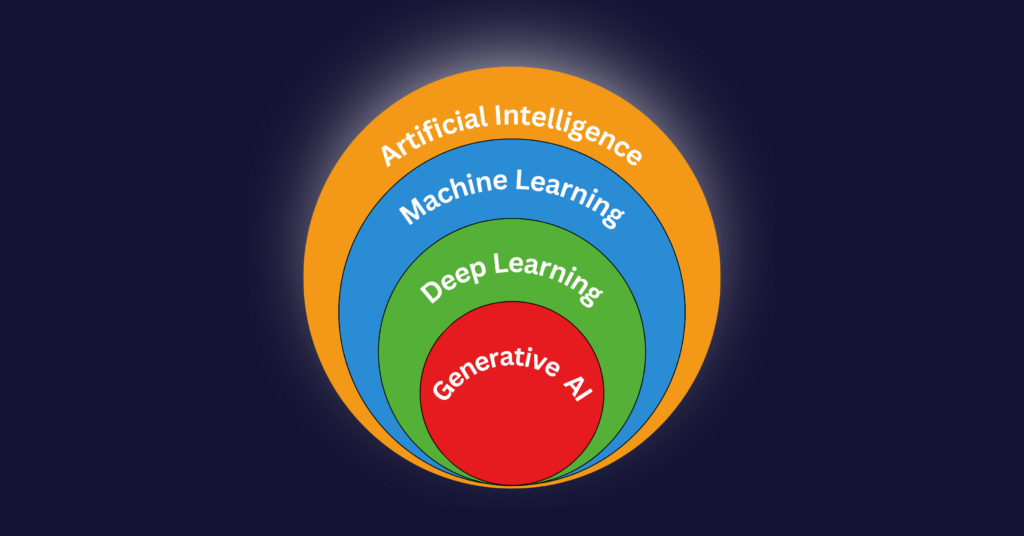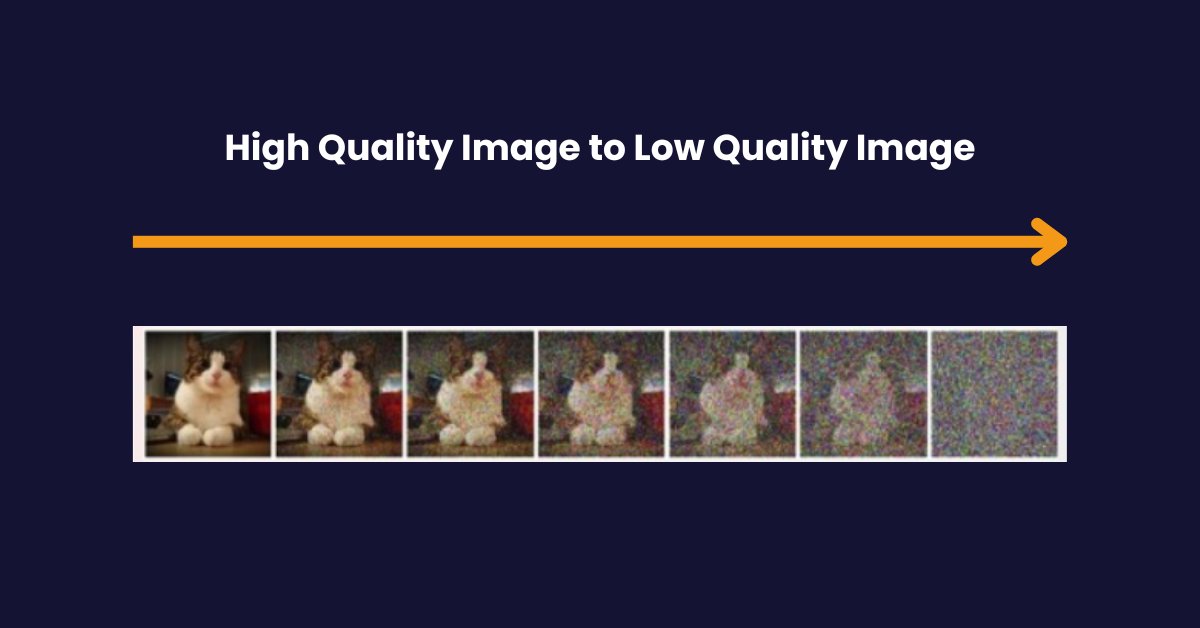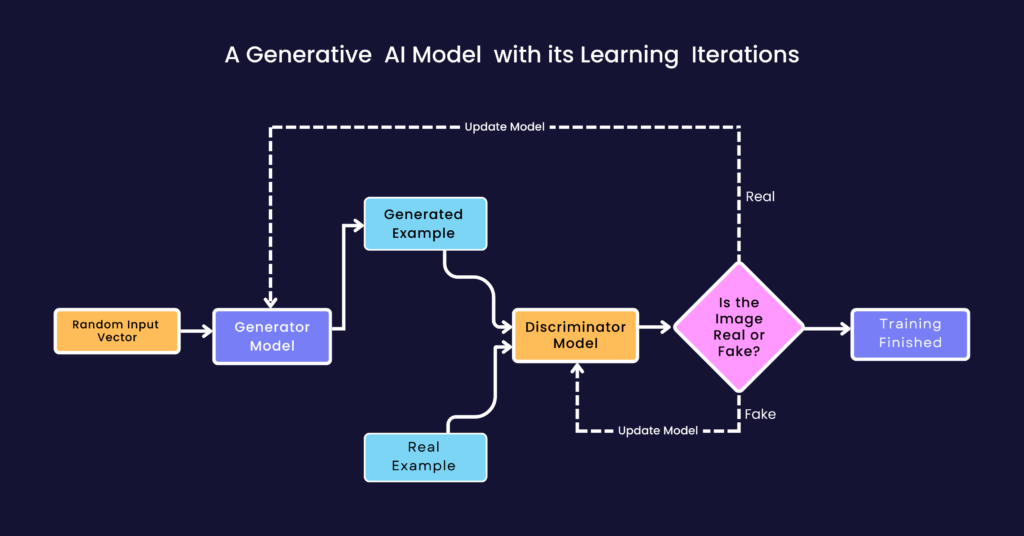

Close

A subset of artificial intelligence known as “generative artificial intelligence” (sometimes referred to as “generative AI,” “GAI,” or “GenAI”) uses generative models to produce text, images, and other types of media. After assimilating the patterns and structure of the training data, generative AI models produce new data with comparable properties.

The advancement of deep neural networks have led to the development of various generative AI systems that can accept natural language as input. Large language models (LLM) and chatbots like ChatGPT are a couple of these. Industries like Healthcare, Banking, Scriptwriting, Software Development, Product Design, Marketing, Gaming, and many more can benefit from the applications of generative AI. While the majority of generative AI research is being done in the field of healthcare, not much has been done in the field of accounting and finance. In this blog post, we will narrow our focus to a specific aspect of accounting, namely the processing of vendor invoices in accounts payable.
The days of processing vendor invoices after physically receiving them are long gone. As everyone knows, processing softcopy invoice images using accounting software is a great method to process invoices fast and release timely payments. On the other hand, there are instances when we receive softcopies of low-quality invoice images, resulting in loss of goodwill, delayed vendor payment, and loss of early payment discounts. In this case, we are compelled to get in touch with the seller again for a proper legible invoice and process it as soon as it is received.
“Open text” is a tool that extracts text from an image and automatically populates the fields (such as invoice number, date, vendor name, amount, etc.). However, it may not fill in all fields initially. Therefore, it is inevitable for Open Text to learn the fields it misses and store the data using the inbuilt machine learning capability. By processing or reading the invoice image multiple times, it remembers the fields from the image enabling it to automatically populate all the trained fields the next time. The quality of the invoice determines all the above explained features. Thus, what happens next if the invoice image is of poor quality?

This is where the power of generative AI may be used. When there is insufficient data available for an application to train itself or any other application generative AI can step in. Based on the limited amount of accessible/readable data, it will create its own data and continue to train either a third-party application or itself. For example, in the context of Open Text, a clear, readable invoice image can be transformed into hundreds of low-quality invoice images. This can help train Open Text for the field or fields on the invoice that have unreadable text. It thus resolves the problem statement since Open Text can then automatically populate the fields based on the previously given training when it receives an image of a vendor invoice with unreadable (illegible) text.

We co-create with our customers at the center, combining deep domain expertise with innovative technology and talent solutions to accelerate growth. Our passion for excellence drives us to transform businesses, unlocking new opportunities and delivering lasting impact.
Subscribe to our newsletter to get our newest articles instantly!
Smart Leaders Are Rethinking Outsourcing. Are You? As global businesses face margin pressure and tech talent gaps, outsourcing is evolving from a cost play to a growth strategy. We're inviting senior leaders to share their perspectives in a short survey that explores how companies are scaling faster and operating leaner through smarter outsourcing. Take the short survey now and lead the next wave of global delivery excellence.
